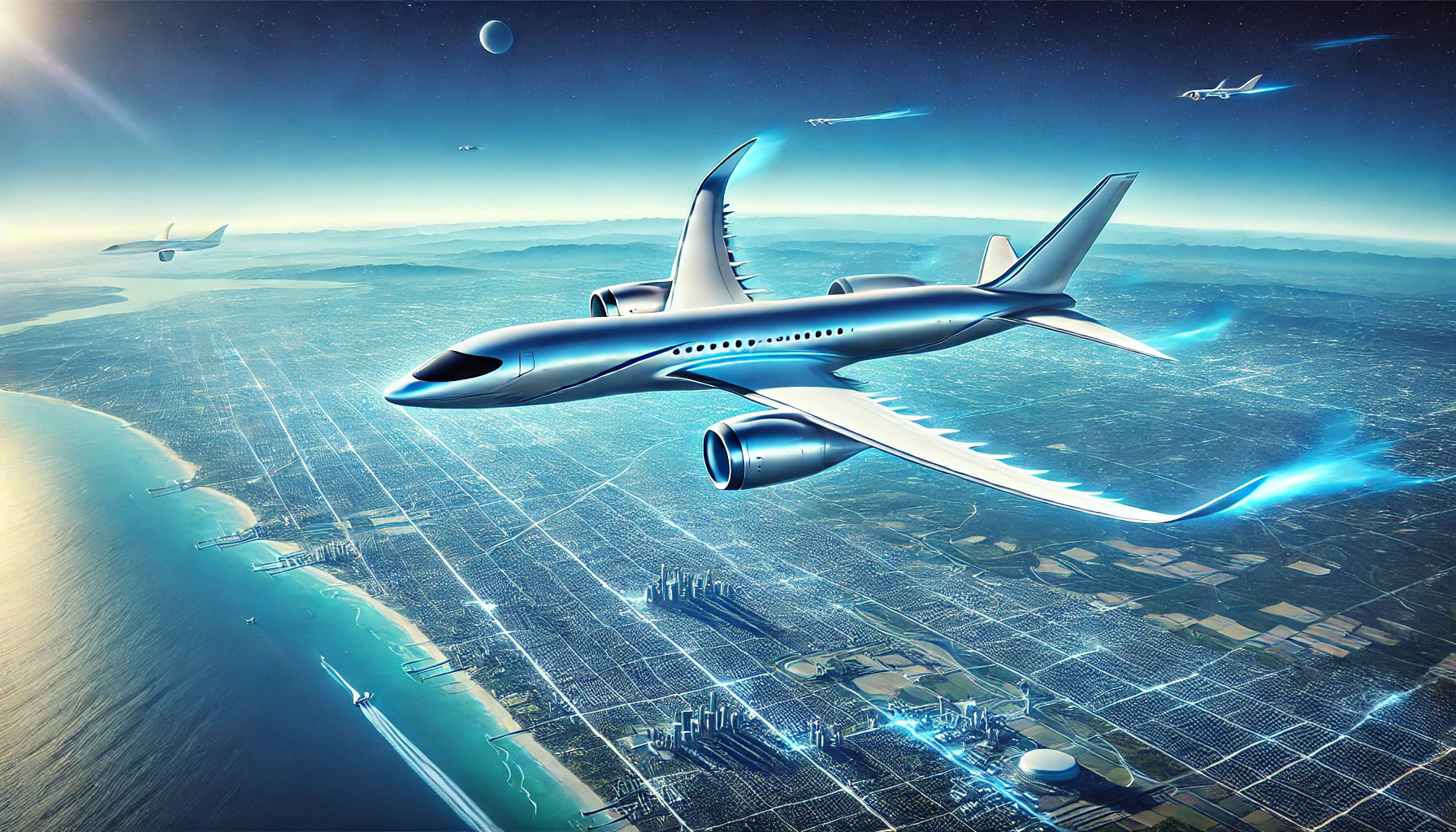Electric Planes: Are We Ready for a Sustainable Future in Aviation?

A New Dawn in Aviation: Electric Planes Take Off
The aviation industry has long been synonymous with roaring engines, jet fuel, and a rather hefty carbon footprint. But, as the world turns its eyes toward sustainability, electric planes have become the new buzzword. Gone are the days when the idea of flying in an electric-powered aircraft felt like science fiction. Thanks to technological advancements, we are inching closer to a future where airplanes powered by electricity will zoom across the skies. However, are we really ready for it?
The Science Behind Electric Planes: How Do They Work?
To understand how electric planes work, let’s first break down the magic behind them. Traditional airplanes run on fossil fuels, but electric planes? They're all about batteries. Picture a giant Tesla soaring through the sky, minus the wheels and Elon Musk in the driver's seat. The primary energy source for these planes is stored in high-capacity lithium-ion batteries. These batteries power electric motors that replace conventional jet engines, creating a quieter, cleaner flight experience. Sounds like a dream, right? Well, there are still a few hurdles before this dream fully takes flight.
Challenges on the Runway: What's Holding Us Back?
Despite the excitement, electric aviation is not without its obstacles. The most significant challenge lies in battery technology. Unlike your iPhone, where you might grumble when it runs out of juice after a long day, a plane running out of battery mid-flight is... well, a bit more serious. Current battery technology doesn’t yet have the energy density needed to power large commercial aircraft over long distances. In fact, the energy stored in today’s batteries is far lower than what’s packed into a tank of jet fuel. So, until we crack the code on better batteries, most electric planes will likely serve shorter regional flights.
Major Players in the Game: Who's Leading the Charge?
Several companies are already leading the charge (pun intended) in developing electric aircraft. One such player is Eviation, with its sleek, all-electric aircraft called Alice. Designed for short-haul flights, Alice is expected to carry up to nine passengers and fly distances of around 440 nautical miles on a single charge. Not too shabby! Meanwhile, Airbus is exploring the concept of hybrid-electric planes, blending traditional fuel with electric power for improved efficiency. Boeing and Rolls-Royce are also dipping their toes in the electric aviation waters, promising more sustainable solutions in the near future.
The Environmental Impact: Are Electric Planes Really Green?
Now, let’s get to the crux of the matter: are electric planes truly as green as they seem? Electric planes are, without a doubt, a cleaner alternative to traditional aviation. With zero in-flight emissions, they offer a massive reduction in carbon output. However, the entire lifecycle of the airplane must be considered. From the production of batteries, which involves mining materials like lithium and cobalt, to how these batteries are disposed of, there are still environmental challenges to address. But compared to the current environmental impact of traditional planes, electric aviation is a massive leap forward.
What's Next: The Future of Electric Aviation
As battery technology improves and infrastructure catches up, we could see electric planes becoming the norm for regional travel within the next couple of decades. Imagine hopping on a quiet, emission-free flight from Los Angeles to San Francisco, all while sipping on your sustainably sourced coffee. The potential is enormous, but only time will tell how quickly the aviation industry can adapt to this greener, electric future. One thing’s for sure: the future of flying is about to get a whole lot quieter and a lot more eco-friendly.
The Big Question: Are We Ready for an Electric Aviation Future?
As we stand on the brink of a new era in aviation, one big question remains: are we really ready to embrace electric planes? With advances in battery technology, increasing pressure to reduce carbon emissions, and companies investing in electric aircraft, the pieces are starting to fall into place. But as always with new technology, patience and innovation will be key to overcoming the challenges ahead. So, next time you book a flight, will it be powered by electricity?



